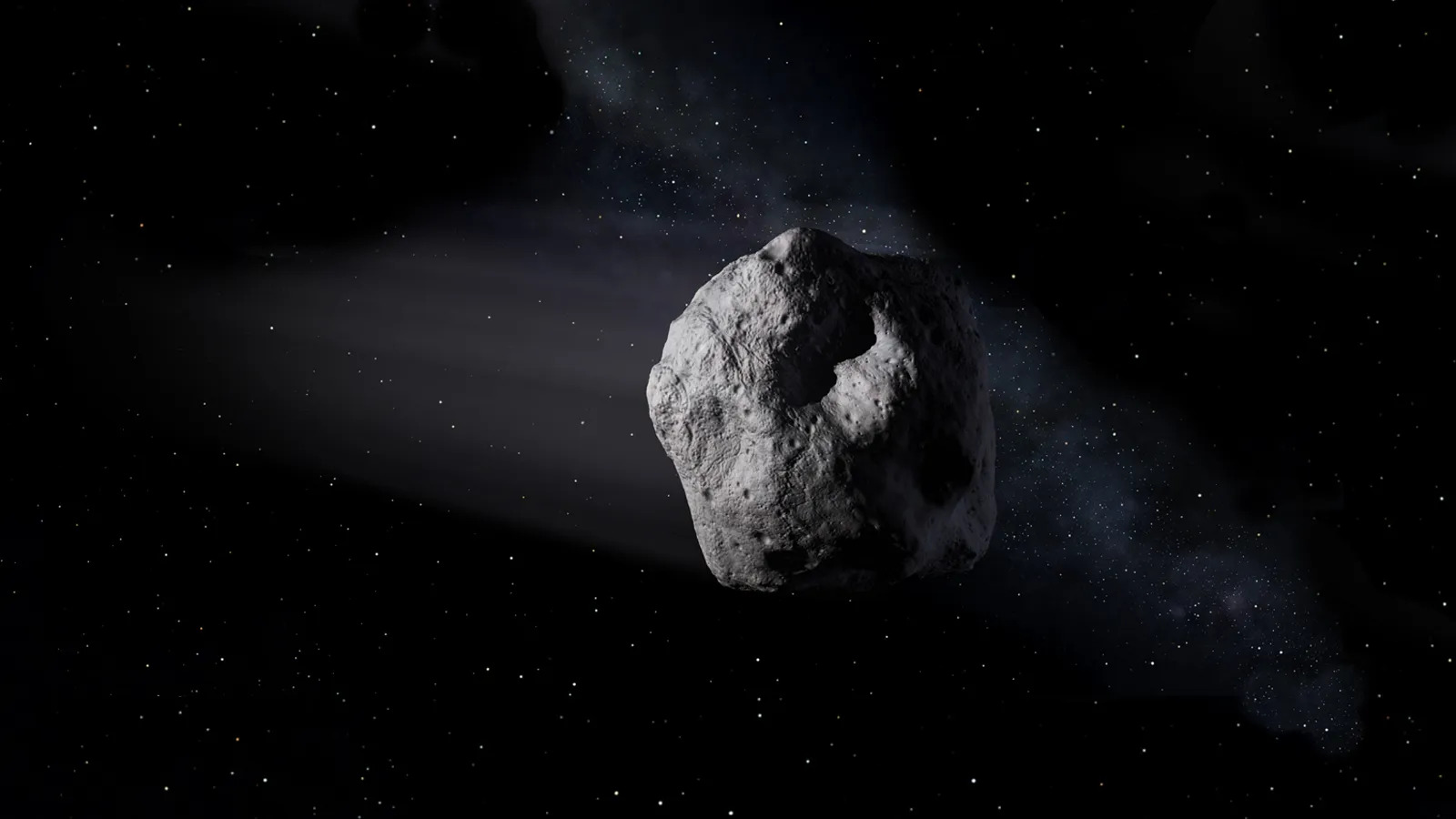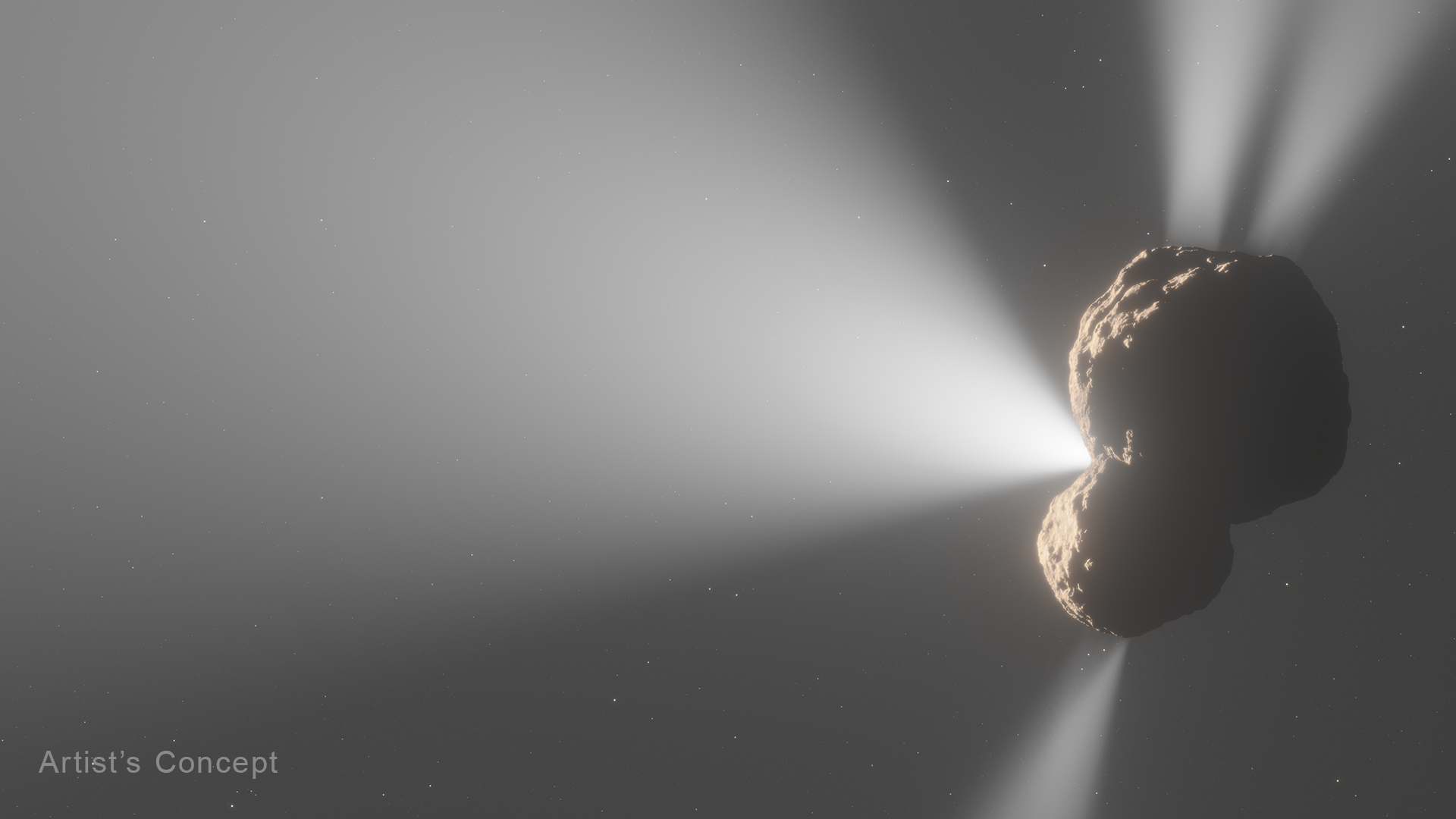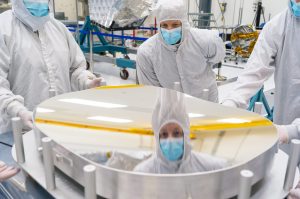
The fifth Planetary Defense Interagency Tabletop Exercise focused on an asteroid impact scenario designed by NASA JPL’s Center for Near Earth Object Studies.
A large asteroid impacting Earth is highly unlikely for the foreseeable future. But because the damage from such an event could be great, NASA leads hypothetical asteroid impact “tabletop” exercises every two years with experts and decision-makers from federal and international agencies to address the many uncertainties of an impact scenario. The most recent exercise took place this past April, with a preliminary report being issued on June 20.
Making such a scenario realistic and useful for all involved is no small task. Scientists from the Center for Near Earth Object Studies (CNEOS) at NASA’s Jet Propulsion Laboratory in Southern California, which specializes in the tracking and orbital determination of asteroids and comets and finding out if any are hazards to Earth, have played a major role in designing these exercises since the first 11 years ago.
“These hypothetical scenarios are complex and take significant effort to design, so our purpose is to make them useful and challenging for exercise participants and decision-makers to hone their processes and procedures to quickly come to a plan of action while addressing gaps in the planetary defense community’s knowledge,” said JPL’s Paul Chodas, the director of CNEOS.
The Impact Scenario
This year’s scenario: A hypothetical asteroid, possibly several hundred yards across, has been discovered, with an estimated 72% chance of impacting Earth in 14 years. Potential impact locations include heavily populated areas in North America, Southern Europe, and North Africa, but there is still a 28% chance the asteroid will miss Earth. After several months of being tracked, the asteroid moves too close to the Sun, making further observations impossible for another seven months. Decision-makers must figure out what to do.
Leading the exercise was NASA’s Planetary Defense Coordination Office (PDCO), the Federal Emergency Management Agency Response Directorate, and the Department of State Office of Space Affairs. Over the course of two days in April, participants gathered at the Johns Hopkins Applied Physics Laboratory in Laurel, Maryland, which hosted the event, to consider the potential national and global responses to the scenario.
“This was a very successful tabletop exercise, with nearly 100 participants from U.S. government agencies and, for the first time, international planetary defense experts,” said Terik Daly from APL, who coordinated the exercise. “An asteroid impact would have severe national and international ramifications, so should this scenario play out for real, we’d need international collaboration.”
Reality Informs Fiction
In real life, CNEOS calculates the orbit of every known near-Earth object to provide assessments of future potential impact hazards in support of NASA’s planetary defense program. To make this scenario realistic, the CNEOS team simulated all the observations in the months leading up to the exercise and used orbital determination calculations to simulate the probability of impact.
“At this point in time, the impact was likely but not yet certain, and there were significant uncertainties in the object’s size and the impact location,” said Davide Farnocchia, a navigation engineer at JPL and CNEOS, who led the design of the asteroid’s orbit. “It was interesting to see how this affected the decision-makers’ choices and how the international community might respond to a real-world threat 14 years out.”
Options to Deflect
Preparation, planning, and decision-making have been key focal points of all five exercises that have taken place over the past 11 years. For instance, could a reconnaissance spacecraft be sent to the asteroid to gather additional data on its orbit and better determine its size and mass? Would it also be feasible to attempt deflecting the asteroid so that it would miss Earth? The viability of this method was recently demonstrated by NASA’s Double Asteroid Redirection Test (DART), which impacted the asteroid moonlet Dimorphos on Sept. 26, 2022, slightly changing its trajectory. Other methods of deflection have also been considered during the exercises.
But any deflection or reconnaissance mission would need many years of preparation, requiring the use of advanced observatories capable of finding hazardous asteroids as early as possible. NASA’s Near-Earth Object Surveyor, or NEO Surveyor, is one such observatory. Managed by JPL and planned for launch in late 2027, the infrared space telescope will detect light and dark asteroids, including those that orbit near the Sun. In doing so, NEO Surveyor will support PDCO’s objectives to discover any hazardous asteroids as early as possible so that there would be more time to launch a deflection mission to potential threats.
To find out the outcome of the exercise, read NASA’s preliminary summary.
For more information about CNEOS, visit:
News Media Contacts
Ian J. O’Neill
Jet Propulsion Laboratory, Pasadena, Calif.
818-354-2649
ian.j.oneill@jpl.nasa.gov
Karen Fox / Charles Blue
NASA Headquarters
202-358-1600 / 202-802-5345
karen.c.fox@nasa.gov / charles.e.blue@nasa.gov
2024-095

































